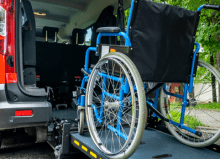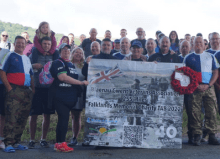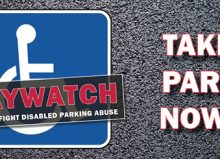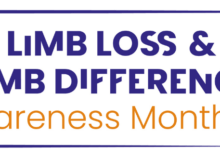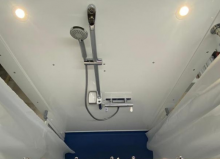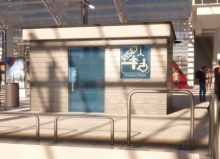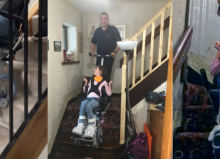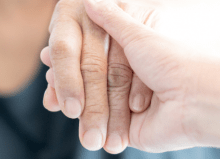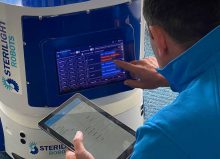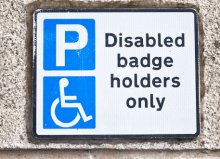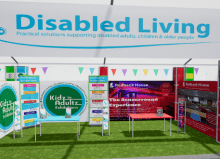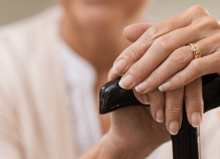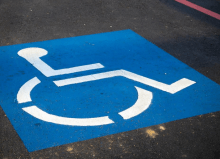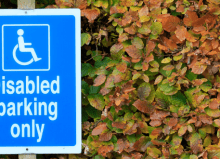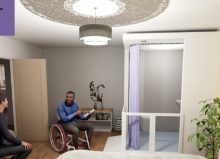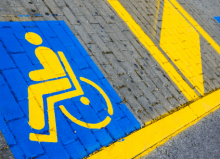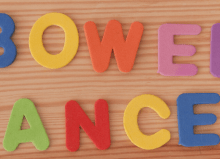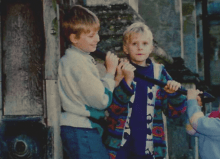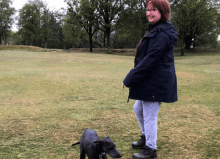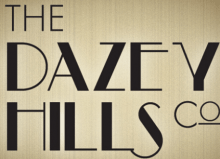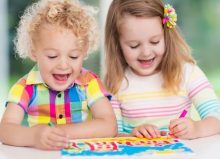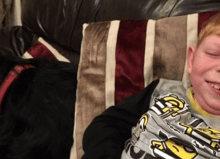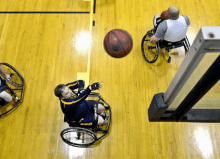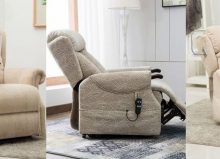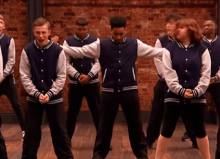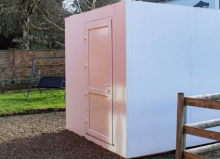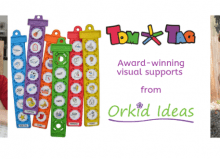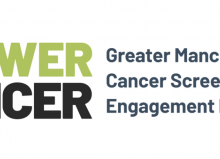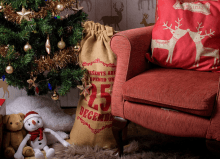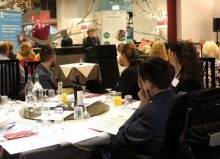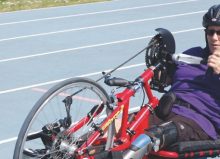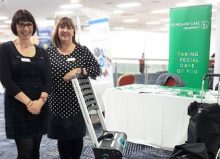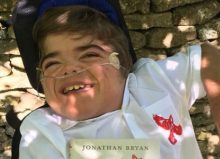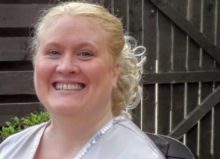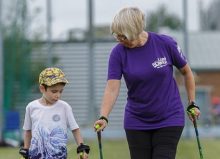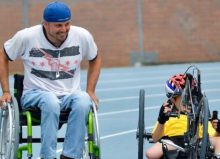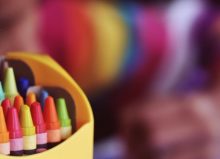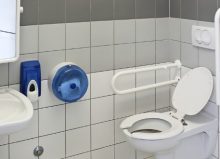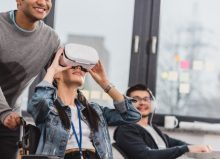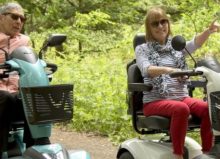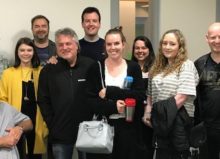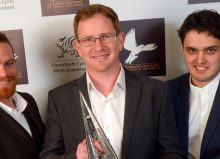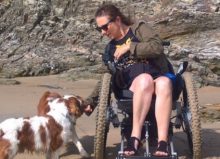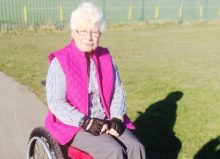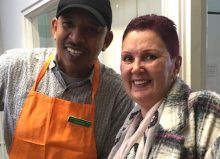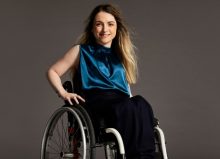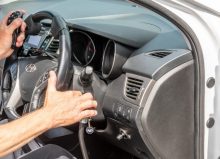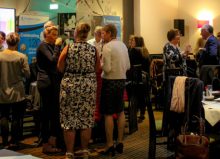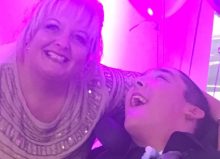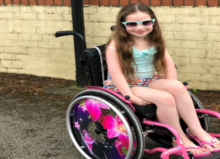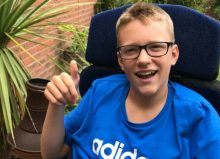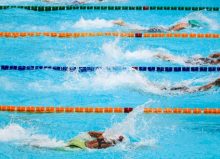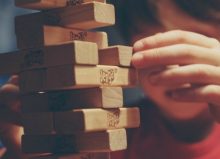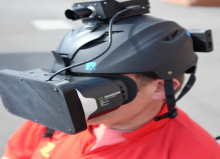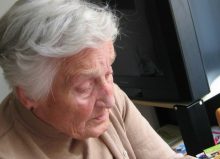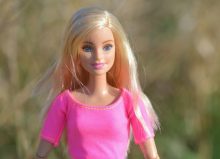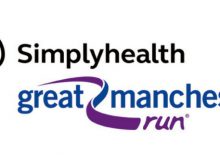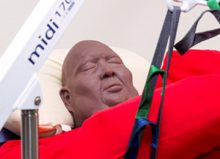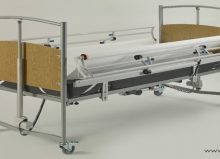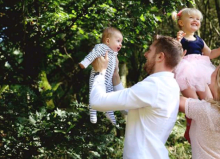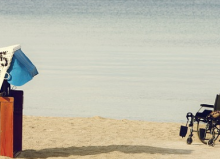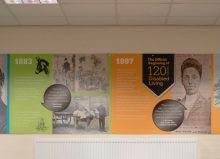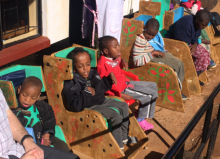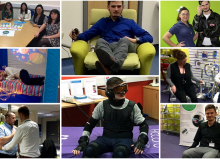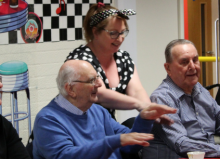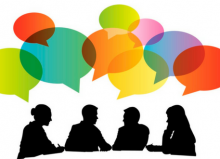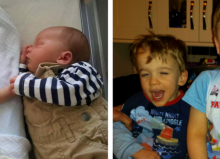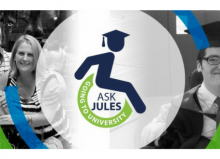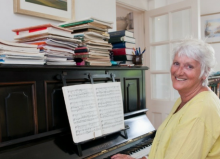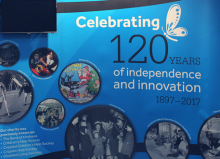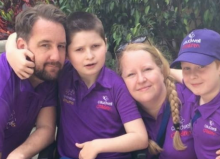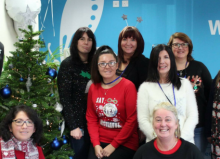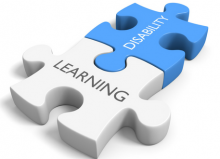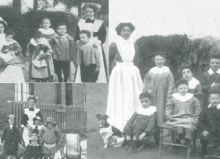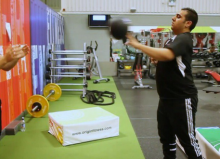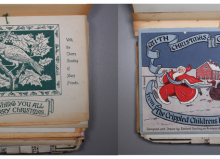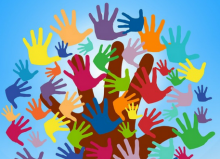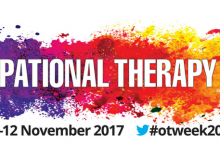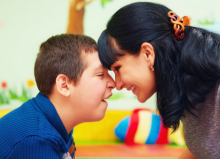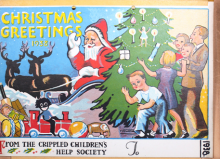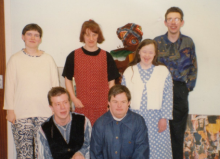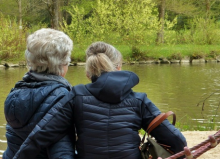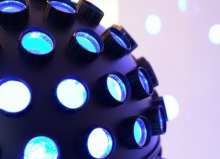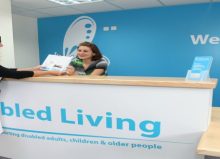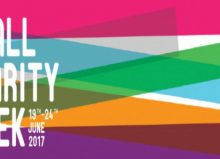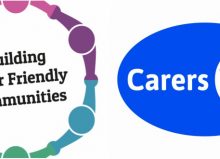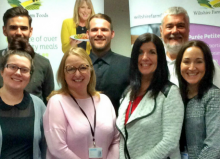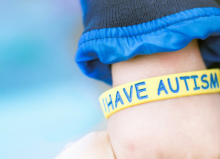Exploring Profound and Multiple Learning Disabilities and Profound and Multiple Barriers to Learning

In her last post, guest contributor Joanna Grace, said that some people will never become symbolic communicators, a sentence that may have jarred those used to presuming that everyone can achieve, even if it is in very small steps and will take a very long time. Joanna now talks about multiple learning disabilities and the barriers to learning.
We could question the worth of a skill to a person who must spend over half their life acquiring it, but leaving to one side those who do eventually master the standardised form of communication we are insisting they use, there remain a group of people who will never become symbolic communicators. Saying that these people exist is becoming a taboo and we must not let that happen as this group is exceptionally vulnerable to being left behind as practice advances.
I remember Flo Longhorn talking to me about a little girl she once worked with who had only the top of her brainstem, she had the ability to blink, to breathe and to smile, but the rest of her brain simply was not there. That little girl was never going to become a symbolic communicator.
Recently I heard from a special schoolteacher who had moved from the UK to Australia where she had taken charge of a class of students with profound and multiple learning disabilities. The school had a commitment to all of their learners becoming symbol communicators so within her class she met students who had spent the past sixteen years being supported to match symbols hand over hand.
The students had been presented with two symbols, given a third that matched one of the first two, and then someone else had used their hand to lift the third symbol onto its matching pair.
Without any sign of being able to do this for themselves they had been being made to do this for sixteen years and were completely unresponsive. The teacher began to share sensory stories with her students, after the first half a term one of the parents wrote in to say their son had begun to look at them at home and that previously they had not been aware that he could do this. Presumed competence had robbed that particular young man of sixteen years of engaging with his family and the glorious sensations that make up his life.
To presume someone is more than they are is not kind, it is prejudice. It is saying this way of being is best, and if you are not this, that is bad. High expectations and presumed competence should never be universal, they should be highly individual and personalised. We should also place them upon ourselves, we should have high expectations of our own abilities to carefully and continually evaluate each person we support as we support them, we should presume ourselves competent at avoiding blanket assumptions either of competence or incompetence. We should be reflective and connected as we support people.
Within the community of people currently described by the umbrella term Profound and Multiple Learning Disabilities, a term often shortened to PMLD are two distinct groups:
- We have people with profound and multiple learning disabilities PMLD, people who experience physical, sensory and cognitive impairments.
- We have people with profound and multiple barriers to learning PMBL, people whose physical and sensory impairments mask their cognitive abilities.
The misunderstanding that these two groups are one group is damaging to both. This series of articles began with me discussing Objects of Reference, so let us use Objects of Reference as an example here. For people with profound and multiple barriers to learning to us Objects of Reference can be a steppingstone to more formal systems of communication. For people with profound and multiple learning disabilities Objects of Reference are a lifeline of understanding thrown into a confusing soup of experience.
For people with profound and multiple barriers to learning we would expect to see an increasing number of Objects of Reference being meaningfully used and for the use of objects to progress into the use of symbols in time. To increase the number of Objects of Reference being used with someone with profound and multiple learning disabilities or to move towards symbols could well be to remove the communicative potential of the objects entirely. The same actions are, for one group, meaningful progress, whilst for the other group they could be a backward step. You can see the danger.
When we offer an Object of Reference to a person what happens?
Is it a token gesture performed because a policy states we should? Do we observe a connection with that object? Is that a connection with the object alone or does the object appear to have an orientated quality? i.e. is the Object of Reference being used in a way that is meaningful to that person?
There are many more examples beyond that of Objects of Reference, of the impact of this dangerous grouping of two distinctly different groups under one umbrella term. All of the examples point to how important it is that we do what is right for the person we are with, not what is right according to policy, or right according to what we do with people who have this label attached to them. It is important to discover different care options depending on what the individual’s needs are. Being person centred is not a case of following set rules, we must consistently be highly observant, connective and reflective valuing each person for who they actually are.
This post was written by Joanna Grace, a new contributor to Disabled Living’s blog. Sensory Engagement Specialist, trainer, author, TEDx speaker and founder of The Sensory Projects.


